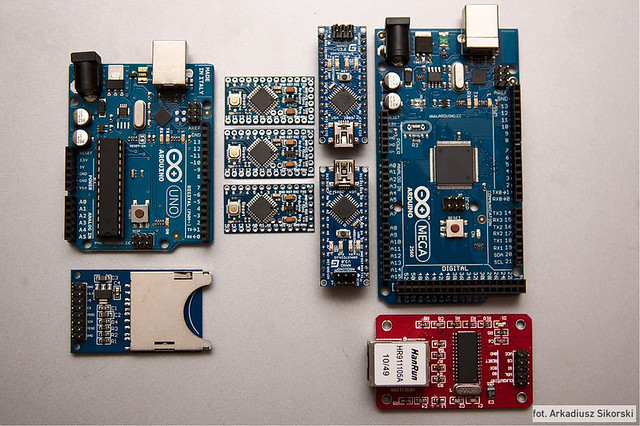or this post could be titled … “Open source intern tells all!”1
A review of the MakerBot Industries Cupcake CNC today from a former MakerBot intern discusses the MakerBot’s use as a tool. Some of the comments bring to suggest its usage as an expensive toy. I’ve used my MakerBot as a tool to print tools and as a tool to print toys. I suppose at the point I’m using it to print up toys I’m really using as a toy.
I’m fairly confident my MakerBot will pay for itself. That’s not a claim most people can make about their toys. I have printed replacement parts for toys, broken parts around the house, and broken tools – thereby saving me those replacement costs. This probably doesn’t amount to more than $20 or so. That’s not a great return on an investment, but it is returning
Drafts Zero - The Lost Blog Posts- The Lost Blog Posts
- Plastruder! [Draft 12/25/2009]
- UNTITLED [Draft 12/25/2009]
- Preparing to print [Draft 12/27/2009]
- More prints [Draft 01/04/2010]
- Prototype Pricing [Draft 01/19/2010]
- MakerBot tuning [Draft 01/20/2010]
- Plastic Screw Anchor [Draft 02/02/2010]
- Magic [Draft 02/03/2010]
- How are you printing with PLA? [Draft 02/16/2010]
- Rebuilding my extruder [Draft 02/16/2010]
- MY robot [Draft 02/18/2010]
- more things i learned [Draft 02/20/2010]
- First commissioned piece! [Draft 02/22/2010]
- MakerBot: Toy or Tool? [02/25/2010]
- Idea for Skeinforge settings… [Draft 03/27/2010]
- RepRap and MakerBot alternatives [Draft 04/05/2010]
- RepRap Parts for Sale [Draft 04/07/2010]
- Where is the Othercutter? [Draft 06/08/2015]
- … ’cause, you know, it was all… open source. [↩]

